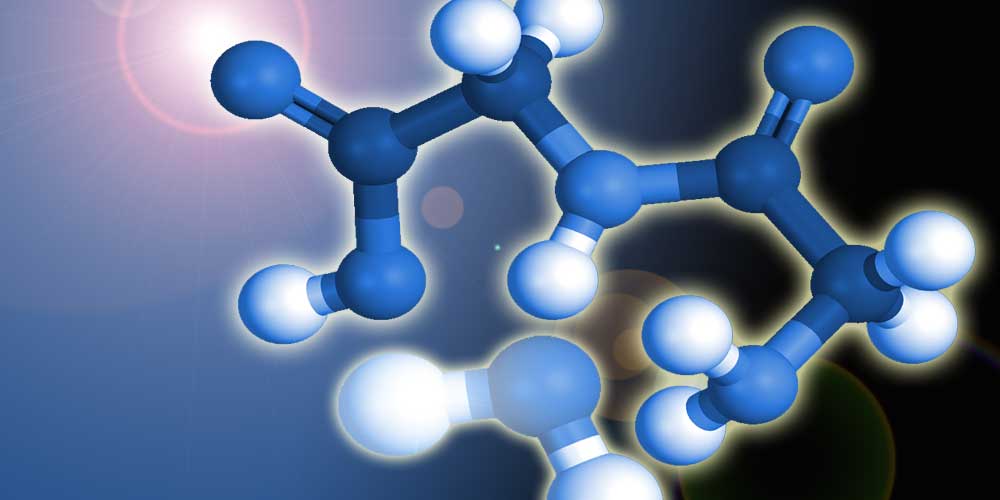Direct Peptide Reactivity Assay (DPRA) – In Vitro Sensitization Test
Principle
The DPRA is an in chemico method that quantifies cysteine- or lysine-containing peptide depletion following 24 hours
incubation with the test article (TA). Relative peptide concentration is measured by HPLC with gradient elution and
UV detection at 220 nm. Cysteine and lysine peptide percent depletion values are then calculated and used in a prediction
model, which allows assigning the TA to one of four reactivity classes used to support the discrimination between
sensitisers and non-sensitisers.
Assay Background
MB Research protocol is based on the OECD Test Guideline 442C
Regulatory Acceptance – OECD 442C
OECD Test Guideline 442C is accepted for use. DPRA testing is considered validated by EURL-ECVAM, but should be used as part of an intergrated approach to testing and assessment (IATA) for discrimination between sensitizers and non-sensitizers for hazard classification and labelling.
Pretest:
- TA solubility determined
- Stock solutions of cysteine- and lysine-containing synthetic peptides prepared
- Positive control agent, cinnamic aldehyde, prepared
- Co-elution controls and test article solutions are prepared
- HPLC calibrated for cysteine and lysine assays
Definitive Test:
- Test and control solutions prepared and incubated for 24 hours at 25°C
- Chromatographic analysis performed on test, positive control, co-elution control samples performed
- Up to 26 TA can be tested in a single chromatographic run, which must be no longer than 30 hours
- Data analysis performed
-
Interpretation:
- A positive response (mean cysteine and lysine depletion >6.38% or cysteine depletion >13.89%) in the DPRA alone
may classify a TA as a sensitiser for screening purposes, and supports a full positive conclusion as a sensitizer in the
context of an Integrated Approach on Testing and Assessment (IATA) - Borderline results should trigger a second chromatographic run; if results of the two runs are discordant, a third trial
will be performed - A negative response in the DPRA alone is insufficient for classifying a TA as a nonsensitiser; however, a full negative
conclusion is supported by negative responses in the DPRA when evaluated in the context of an IATA
For more information about MB Research and the DPRA, click here.
